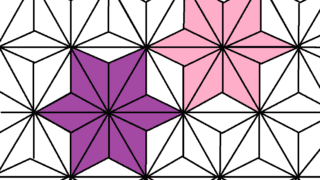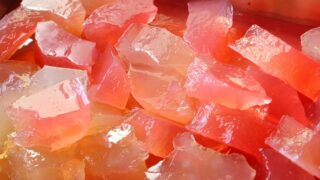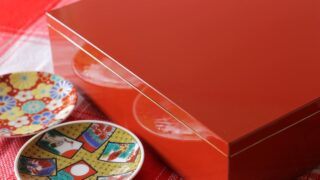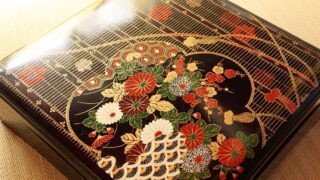The New Year is a special time in Japan, filled with traditional customs that have been passed down through generations. One of the most important customs is the display of New Year decorations, known as shogatsu kazari, which are used to welcome the Shinto deity known as Toshigami-sama, who brings prosperity, good health, and safety for the coming year. These decorations are not just for aesthetics; they carry deep meanings and are believed to purify the home and bring good fortune.
Among the most popular New Year decorations are Kadomatsu, Shimekazari (Shimenawa), and Kagami Mochi. Kadomatsu serves as a guiding marker for the deities, Shimekazari marks a sacred space to ward off evil spirits, and Kagami Mochi is an offering to the gods. In this article, we will explore the various types of traditional Japanese New Year decorations, their significance, and how to properly display them to welcome a prosperous year ahead.
Basics of Japanese New Year Decorations

Japanese New Year decorations are deeply rooted in Shinto beliefs, which hold that the Toshigami-sama, a deity of the New Year, visits homes to bless the inhabitants with good fortune for the year ahead. Each decoration plays a specific role in welcoming and honoring the deity, as well as purifying the space. Understanding these meanings can help deepen the appreciation and enhance the experience of celebrating the Japanese New Year.
How and When to Display New Year Decorations
Traditionally, New Year decorations should be put up by December 28th. It’s best to avoid decorating on December 29th due to the association with the word “nine,” which sounds like “pain” in Japanese, making it an unlucky day. Likewise, decorating on December 31st is considered impolite, as it is called “ichi ya kazari” (one-night decoration), implying a lack of proper preparation for the deities. For the best fortune, aim to have all decorations up by December 28th, which is seen as a favorable day.
Kadomatsu(門松)

History and Meaning of Kadomatsu
Kadomatsu, typically placed in pairs at the entrance of homes or businesses, serve as beacons for the Toshigami-sama, inviting them to enter and bless the space. The pine represents longevity and endurance, while the bamboo symbolizes strength and rapid growth. Together, they embody resilience and prosperity, marking the beginning of a new year with hope and strength.
Materials and How to Make Kadomatsu
Kadomatsu are usually made from pine, bamboo, and plum branches, each chosen for their auspicious meanings. The bamboo is often cut at an angle, which signifies openness and invites the gods to descend. While traditional Kadomatsu can be quite large, smaller, more contemporary versions are available for those living in smaller spaces. When selecting a Kadomatsu, consider the size and style that best fits your home’s aesthetic and space.
How to Display Kadomatsu and Important Tips

Kadomatsu are typically placed on both sides of the entrance to your home, standing as sentinels that welcome the deities. Ensure they are positioned symmetrically and securely, as the presentation reflects respect and care in preparing for the Toshigami-sama. After the New Year’s celebrations, Kadomatsu should be removed by January 7th, known as “Matsu no Uchi,” and disposed of in a ritual called “dondo yaki,” where they are burned to release the deities back to the heavens.
Shimekazari(しめ飾り)/Shimenawa(しめ縄)

Origins and Meaning of Shimekazari (Shimenawa)
Shimekazari is a sacred straw rope decoration that marks a boundary to keep impurities and evil spirits away from entering the home.

We also call it “Shimenawa(しめ縄)”
This decoration not only serves to purify but also to invite the deity into a clean, sacred space.
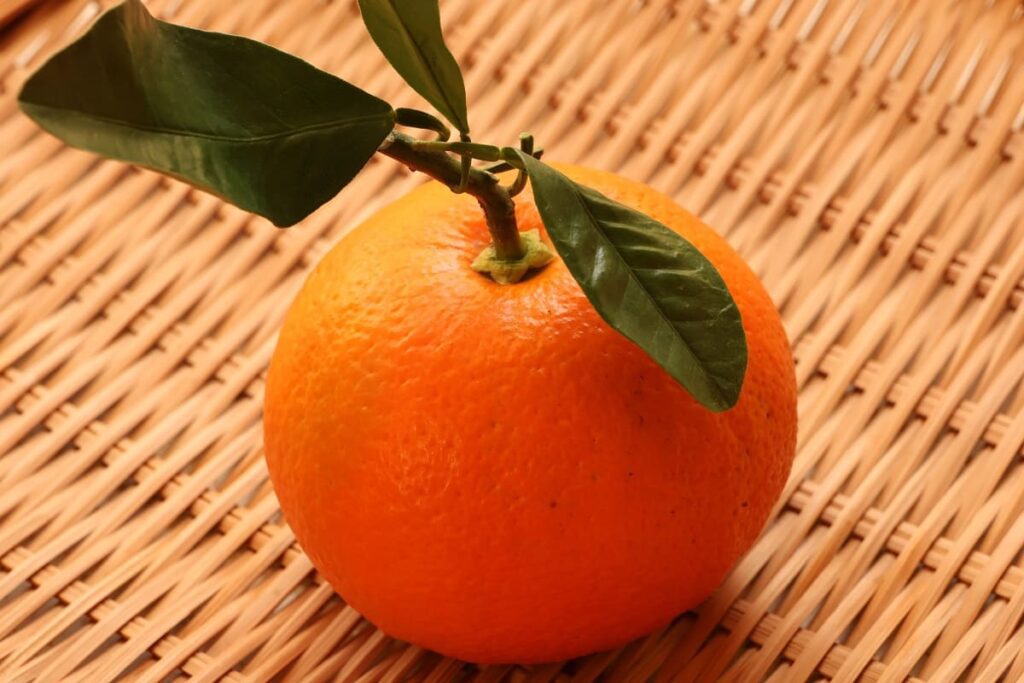
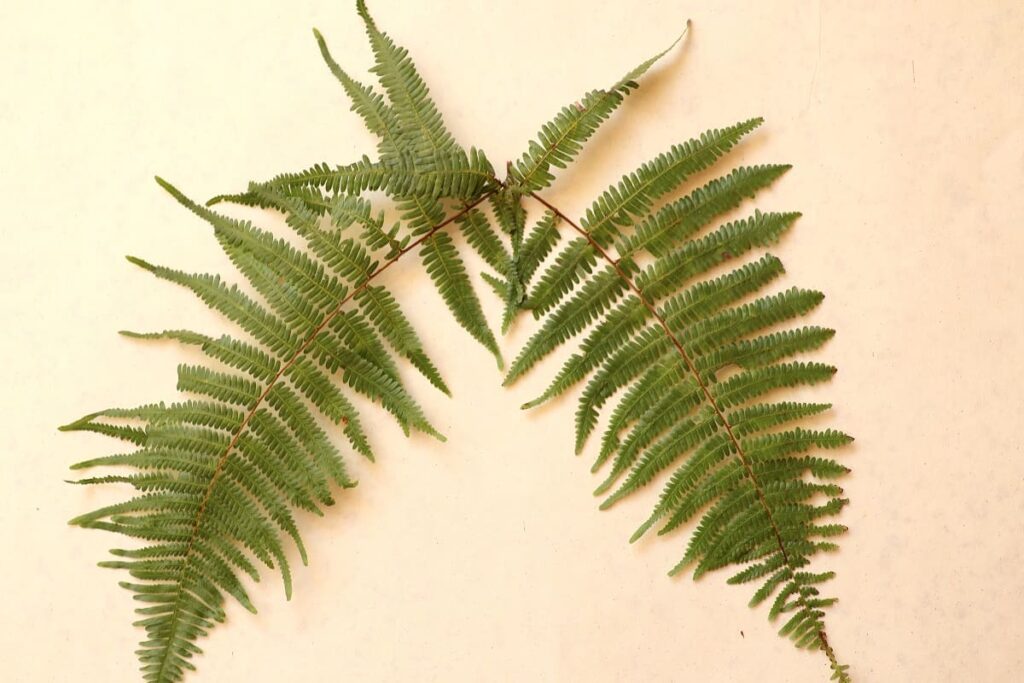
Shimekazari often includes various other elements like daidai (Japanese bitter orange), ferns called “Urajiro”, and zigzag-shaped paper strips called shide, each adding additional layers of symbolic meaning for protection and prosperity.
Different Types of Shimekazari (Shimenawa) and How to Choose
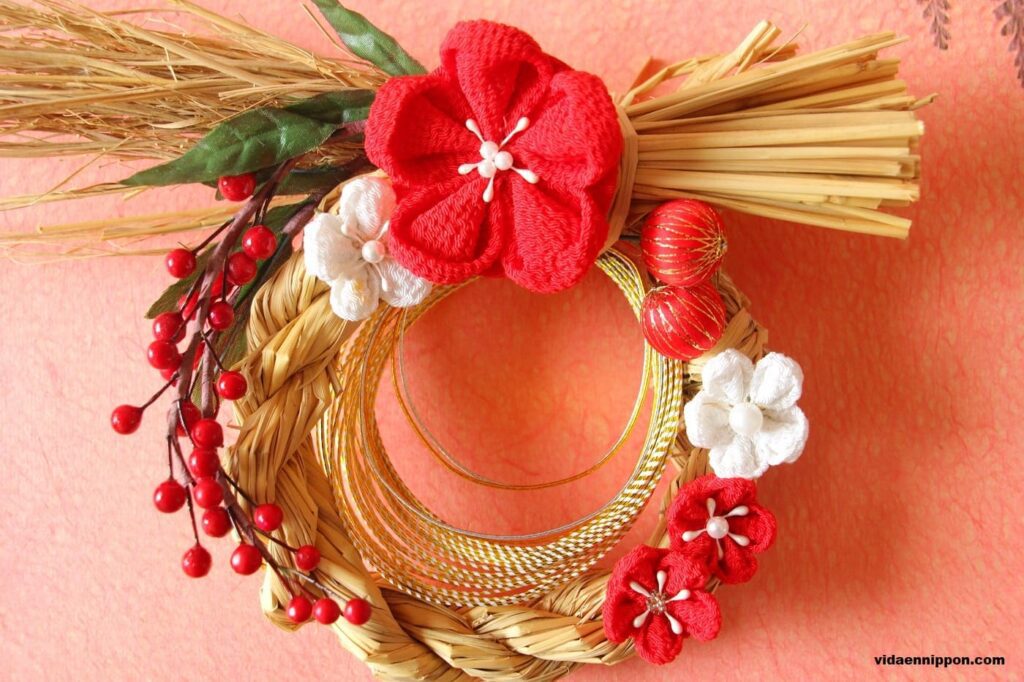

There are several types of Shimekazari, including circular wreaths, tassel-like hangings, and more elaborate designs that incorporate various elements like fans and seaweed. When choosing a Shimekazari, consider the size of your doorway and the overall style of your home. Whether opting for a simple or a more elaborate design, the key is to choose one that resonates with your space and welcomes the New Year in harmony.
How to Display Shimekazari and Duration
Shimekazari are typically hung above doorways, on the front entrance, or on cars to signify that the space is protected and sacred. They are usually put up by December 28th and should be removed along with other decorations by January 7th. Traditionally, they are also burned in a “dondo yaki” ceremony, which symbolizes the release of the year’s fortune and gratitude to the deities.
Kagami Mochi(鏡餅)

History and Significance of Kagami Mochi
Kagami Mochi consists of two stacked rice cakes topped with a daidai (bitter orange), symbolizing the continuity of family generations and the renewal of life. The shape of the mochi resembles ancient bronze mirrors, which were considered sacred objects where deities resided. By offering Kagami Mochi, families invite the gods into their homes, ensuring good fortune and blessings for the coming year.
How to Display Kagami Mochi and Modern Variations

Traditionally, Kagami Mochi is placed in the household’s main room, on a family altar, or on a decorative stand in the living room. In recent years, modern variations have emerged, including smaller, colorful versions that fit various interior styles. Some families even get creative by incorporating elements like flowers or contemporary stands to make the display more personal and visually appealing.
Kagami Biraki: Timing and Enjoyment

Kagami Biraki, or “Mirror Opening,” is the ritual of breaking the Kagami Mochi and sharing it among the family, typically held on January 11th. This practice symbolizes the breaking open of the New Year and sharing the deity’s blessings for health and happiness. Instead of cutting, the mochi is broken with a wooden hammer, as using a knife is considered bad luck. It is then enjoyed in traditional dishes such as zenzai (sweet red bean soup) or ozoni (New Year’s soup), embracing the spirit of prosperity.
Q&A
- QWhen should I display and take down my New Year decorations?
- A
New Year decorations should be displayed by December 28th and taken down by January 7th. Be sure to follow local traditions, as timing can vary by region.
- QAre there any superstitions I should be aware of when setting up New Year decorations?
- A
Yes, avoid decorating on December 29th due to its association with misfortune, and refrain from “one-night decorations” on December 31st. Additionally, place decorations in clean, sacred areas of your home.
Conclusion
Japanese New Year decorations are more than just festive adornments; they are steeped in cultural significance and religious meaning. By incorporating Kadomatsu, Shimekazari, and Kagami Mochi into your home, you can participate in a time-honored tradition that celebrates renewal, prosperity, and spiritual protection. As you prepare your decorations, take a moment to reflect on their meanings and enjoy the process of welcoming a new year filled with hope and good fortune.

